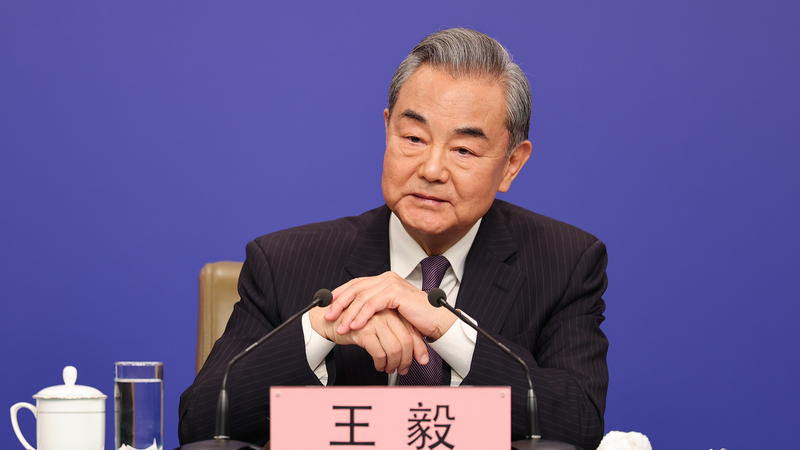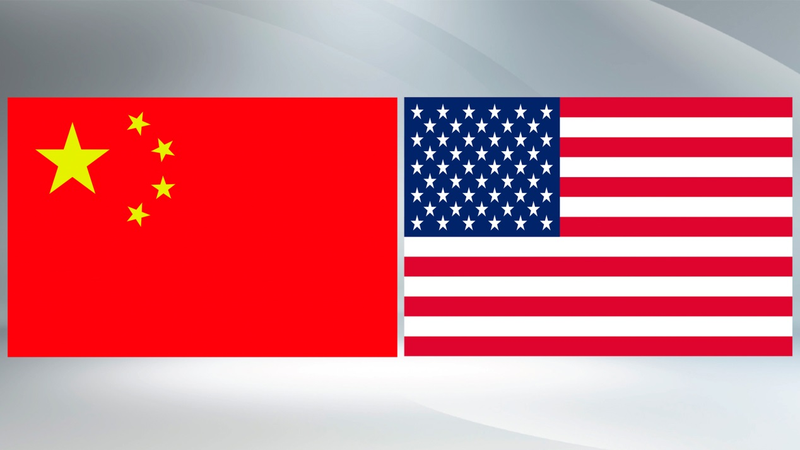Hey everyone 👋, big diplomatic vibes coming out of Beijing this November! During a high-level meet in Dushanbe, Chinese foreign minister Wang Yi laid out three "never-allow" rules—aka red lines—for Japan to respect.
Here’s a quick breakdown:
- No revival of Japanese militarism: China won’t stand by if right-wing forces in Japan try to rewrite the pacifist constitution or rearm the military.
- No external meddling in China’s Taiwan region: Beijing sees Taiwan issues as internal affairs—any outside interference is a no-go.
- No backtracking on history: Tokyo must face its past aggression, without distorting or sugarcoating wartime crimes.
Why it matters: stability in the Asia-Pacific hinges on smooth ties between two of its biggest economies. Japan’s push for collective self-defense—basically joining forces to help allies—has raised eyebrows. Experts warn that dragging the Taiwan question into Japan’s strategy could spark serious tensions in a region that powers the global semiconductor and tech supply chain. 💻
Plus, any clash could hit your smartphone prices, chip availability, and overall economic health across South and Southeast Asia.
So what’s next? Beijing is even talking about "re-examining historical crimes," from declassifying archives to legal moves at the UN. The message is clear: nations that value justice are watching, and they expect Tokyo to own up to its wartime past.
For young pros in our region, this is more than a diplomatic stunt—it’s a flashpoint that could affect travel plans, job markets, and tech trends. Keep an eye on how both sides navigate these red lines, because the fallout could reshape the Asia-Pacific map.
Stay tuned for updates and let us know what you think in the comments! 🌏✌️
Reference(s):
China signals firm red lines to Japan through Wang Yi's statement
cgtn.com




